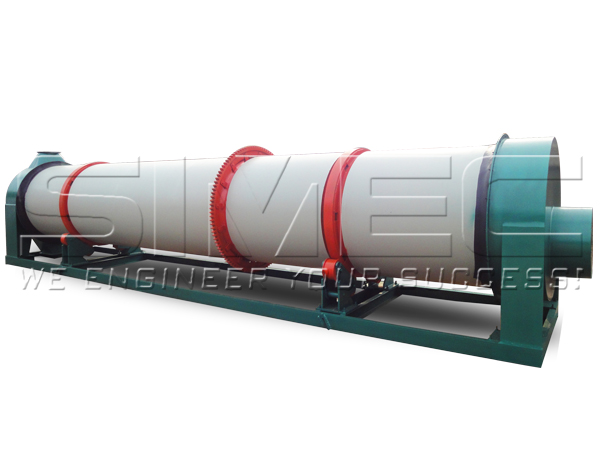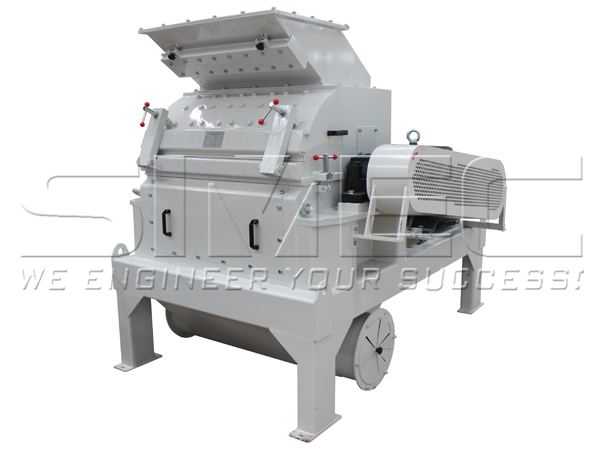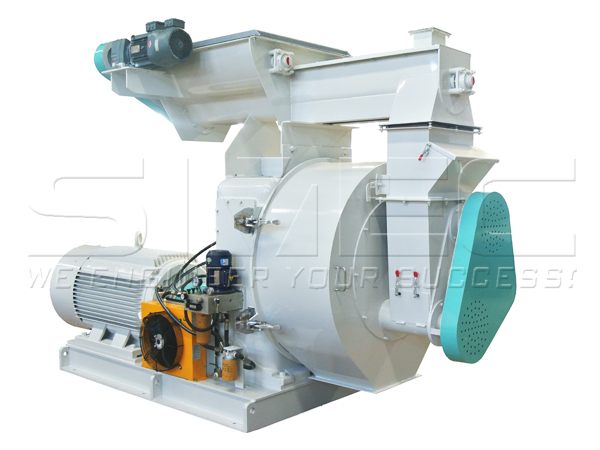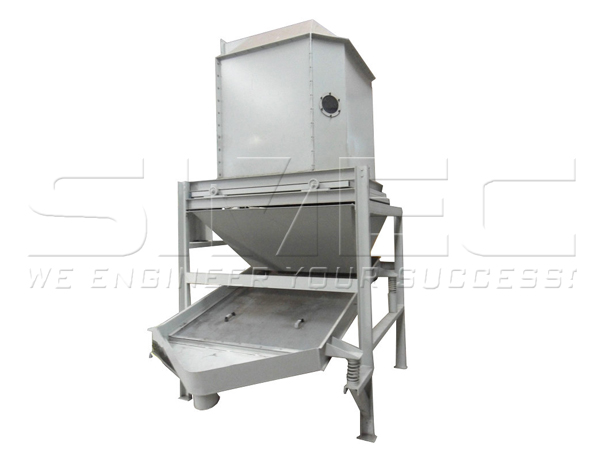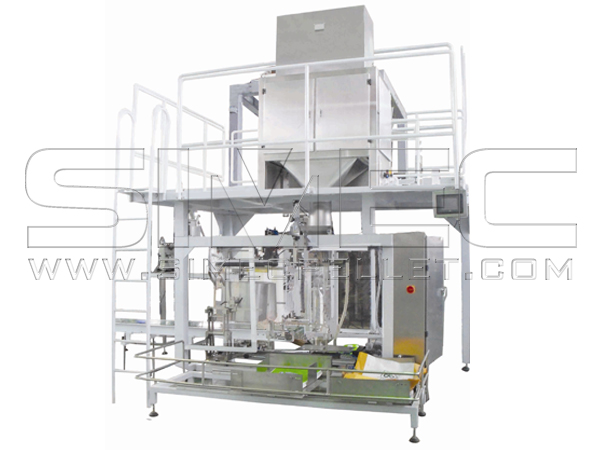How to Make Sugarcane Bagasse Pellets
What is Sugarcane Bagasse?
Bagassse is a tree-free, renewable resource made from sugarcane fiber left after juice is extracted.
Bagassse is a tree-free, renewable resource made from sugarcane fiber left after juice is extracted.
A typical chemical analysis on a washed and dried dasis of bagasse might be:
Cellulose 45–55%
Hemicellulose 20–25%
Lignin 18–24%
Ash 1–4%
Waxes <1%
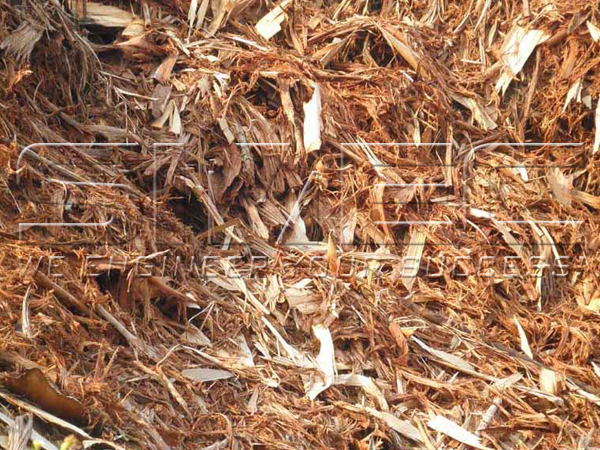
Why Use Sugarcane Bagasse Pellets?
There are a lot of sugar factories in southeast Asia, plenty of sugarcane are produced after being extracted. For each 10 tonnes of sugarcane crushed, a sugar factory produces nearly 3 tonnes of wet bagasse. Most of the factories have no idea with how to deal with the material, massive waste materials take space of the plant. Few factories burn the bagasse fiber as fuel, when burned in quantity, it produces sufficient heat energy to supply all the needs of a typical sugar factory. The rest of the bagasse can be processed to biomass pellets and exported to other countries as fuel, which bring the factory economic benefits.
Sugarcane is a tree-free renewable resource, which makes it superior to other kind of fuels. Sugarcane bagasse pellets are with high calorific value of 3400 to 4200 kilocalorie and low ash. It’s a wise choice as fuel energy.
What are the Applications and Merits of Bagasse Pellets?
The bagasse pellets can be employed in heating, living stoves, hot water boilers, industrial boilers, biomass power plant and so on to replace firewood, coal, fuel oil, liquefied petroleum gas.
Its merits are in the following aspects:
1. Civil heating and domestic energy: high pellet energy efficiency and easy storage;
2. Biomass industry boiler: instead of coal, the main fuel for industrial boilers which avoids the environmental pollution;
3. Electricity generation: used as fuel for thermal power generation.
4. Pelletized bagasse can be carbonated to make charcoal, to satisfy the market demand.
How Bagasse Pellets are Manufactured?
1. Drying
The moisture of fresh sugar can bagasse is about 48~50%, to solidify the bagasse, the first step is to dry the bagasse to the moisture of less than 12%, otherwise the moisture extra would be evaporated while heating and pressing, resulting in the pellets craze and rough in surface.
The bagasse pellets can be employed in heating, living stoves, hot water boilers, industrial boilers, biomass power plant and so on to replace firewood, coal, fuel oil, liquefied petroleum gas.
Its merits are in the following aspects:
1. Civil heating and domestic energy: high pellet energy efficiency and easy storage;
2. Biomass industry boiler: instead of coal, the main fuel for industrial boilers which avoids the environmental pollution;
3. Electricity generation: used as fuel for thermal power generation.
4. Pelletized bagasse can be carbonated to make charcoal, to satisfy the market demand.
How Bagasse Pellets are Manufactured?
1. Drying
The moisture of fresh sugar can bagasse is about 48~50%, to solidify the bagasse, the first step is to dry the bagasse to the moisture of less than 12%, otherwise the moisture extra would be evaporated while heating and pressing, resulting in the pellets craze and rough in surface.
2.Crushing
Before pelletizing, the material should be cut into small pieces with the granularity of 3-5mm.
Before pelletizing, the material should be cut into small pieces with the granularity of 3-5mm.
3. Pelletizing
Pelletizing is the most important step of making bagasse pellets, pellet mill with good quality can achieve better pelletizing effects. SIMEC can design the pellet mills based on the customers actual production need, saving costs and reduce waste.
Pelletizing is the most important step of making bagasse pellets, pellet mill with good quality can achieve better pelletizing effects. SIMEC can design the pellet mills based on the customers actual production need, saving costs and reduce waste.
4. Cooling and Sieving
Cooling and sieving units as one, saving the floor space as well as the processing time.
Cooling and sieving units as one, saving the floor space as well as the processing time.
5. Packaging
After cooling, the pellets can be packaged by automatic packing machine. Pellets being packaged is easier to be stored and transported.
After cooling, the pellets can be packaged by automatic packing machine. Pellets being packaged is easier to be stored and transported.
Sugarcane growth cycle is short, rich production. Bagasse rich in fiber fraction, less ash, free SO2, is a clean, high-quality, sustainable develop biomass energy. Sugar factories can turn the waste material into wealth by establish bagasse pellet producing line.
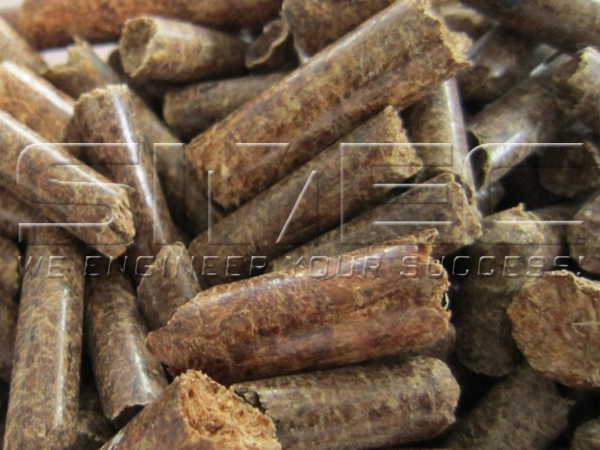
Sugarcane Bagasse Pellets
